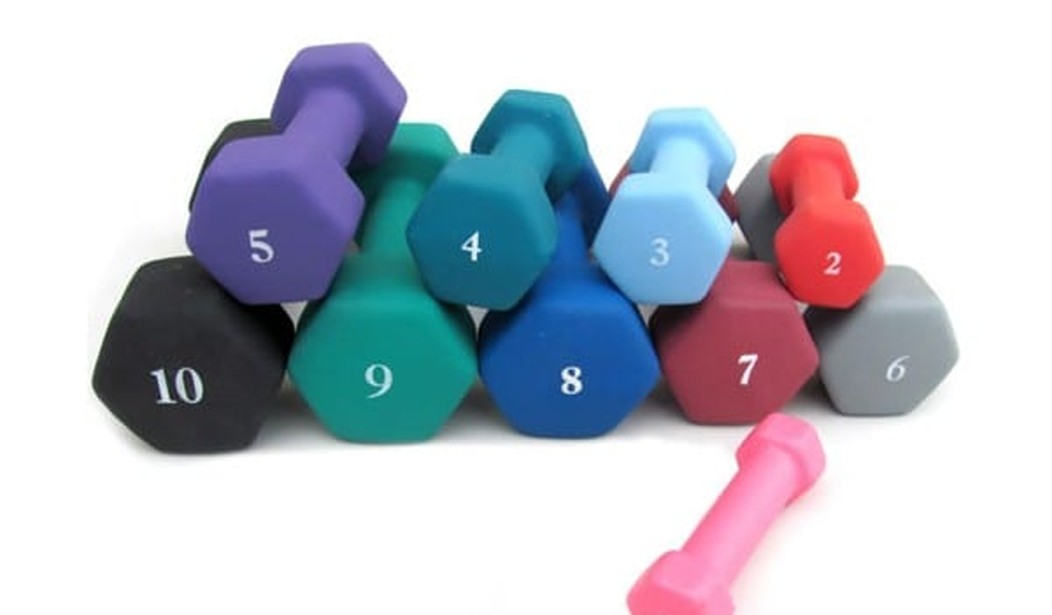An important new science article has been making the rounds, with apparently every newspaper and internet news aggregator in the world repeating the message: You don’t have to lift heavy weights to get stronger.
I know you read it. Here’s the first place I saw it, and here’s the actual paper.
It’s important because it both seems to confirm what everybody wants to believe, and because it’s actually a pretty good technical study. But it is wrong, because it studies the wrong questions. Nonetheless, you now think that you don’t have to lift heavier weights to get stronger.
In short, the study compared two groups of young men who had been working out in the gym for a while — “gym bros” to us strength training professionals — and assigned them a largely machine-based exercise program, described as “full-body Resistance Training,” to be performed four days a week.
One group performed “low reps” which the study authors considered to be 8-12 reps per set with 75-90% of their 1-rep maximum weight. The other group performed “high reps,” 20-25 reps per set with 30-50% of their 1RM. Each group did three sets to muscle failure with only a one-minute rest between sets.
This was actually not “strength training” at all. It was circuit training.
The strength and conditioning professional will immediately recognize that neither of these groups is a “low-rep” group, and neither of these groups is a “heavy-weight” group.
In other words, there was no low-rep, heavy-weight test group in a study that claims to show that there is no benefit to low-rep, heavy-weight exercise.
From the text: “The loads were adjusted in between each set to ensure that the correct repetition range was maintained,” and the loads were adjusted, either down or up, so that “failure” was achieved within the prescribed rep range for each group. In other words, if you somehow happened to get tired, they lowered the weight, because they had to.
Strength was measured by testing the change in 1-rep max on the lifts. Body composition and muscle tissue changes were assessed by the best laboratory methods available to modern science. Blood was drawn and hormones were measured, and statistical analysis was correctly performed.
The study found no significant difference in either strength or muscle size, or in growth-related hormone levels at the end of 12 weeks between the two groups.
This is not particularly surprising, since:
1.) Heavy weights were not used (you simply cannot do either 12 or 25 reps with a heavy weight, especially if you have to do three sets).
2.) To the extent that the two groups did get stronger, the group doing 8-12 reps to failure got a little stronger than the high-rep group, because they lifted heavier weights for fewer reps.
3.) The 1-Rep Max was therefore not trained. Instead, high repetitions were trained. You don’t get what you don’t train for.
4.) The exercises chosen for the study are widely recognized as ineffective for increasing both strength and muscular size, especially since there is nothing in the paper that details precisely how the movements were performed.
5.) Since a muscle’s size is proportionate to its strength, if you don’t ask the muscle to lift heavier weight it won’t get bigger.
6.) Exercise-induced changes in blood levels of growth-related hormones, while possibly wonderfully lovely for your health, are already understood not to correlate strongly — if at all — with increases in strength or mass.
There are many other problems with this paper. In fact, because of the way the study protocol was designed, it would have been odd if a significant increase in either strength or muscle size between the two groups had been demonstrated.
Basically, the study compared the effects of two stupid, inefficient ways to get stronger and bigger, and then correctly determined that they are both equally stupid and inefficient.
No competitive strength athlete in the entire world will change training programs on the basis of this study — because they all know that to be stronger you have to lift heavier weights in the squat, press, and deadlift, usually for five reps or less.
Yet the mainstream media has restated this paper’s conclusions, and has made their version perhaps the most widely disseminated chunk of “exercise science” in many years: “Lighter Weights Just as Effective as Heavier Weights to Gain Muscle, Build Strength,” or some version thereof.
Because they know this is what people want to read.
For the same reason, about every six months you’ll read an article entitled “Scientists Discover Fat Pill That Replaces Exercise.”
I have detailed the problems with exercise science in other articles, and this is certainly an excellent example of those problems. My point here is that the MSM lives for things like this, so they can throw the hyperbole engines into overdrive. The paper is badly done — the standard deal for exercise and nutritional science — but it’s not this badly done. It simply doesn’t say what the New York Times and everybody else reported that it said.
Take bad journalistic habits like this and apply them to climate science, another area of recently reduced academic rigor, and you get statements from John Kerry about how climate change is as dangerous as ISIS.
Don’t assume that what you read in the MSM about science is true any more than you would assume that what you see on 60 Minutes is true.
The burden, unfortunately, remains on you to think.
(Thanks to Jonathon Sullivan, MD, PhD and to CJ Gotcher for their help with this essay.)









Join the conversation as a VIP Member